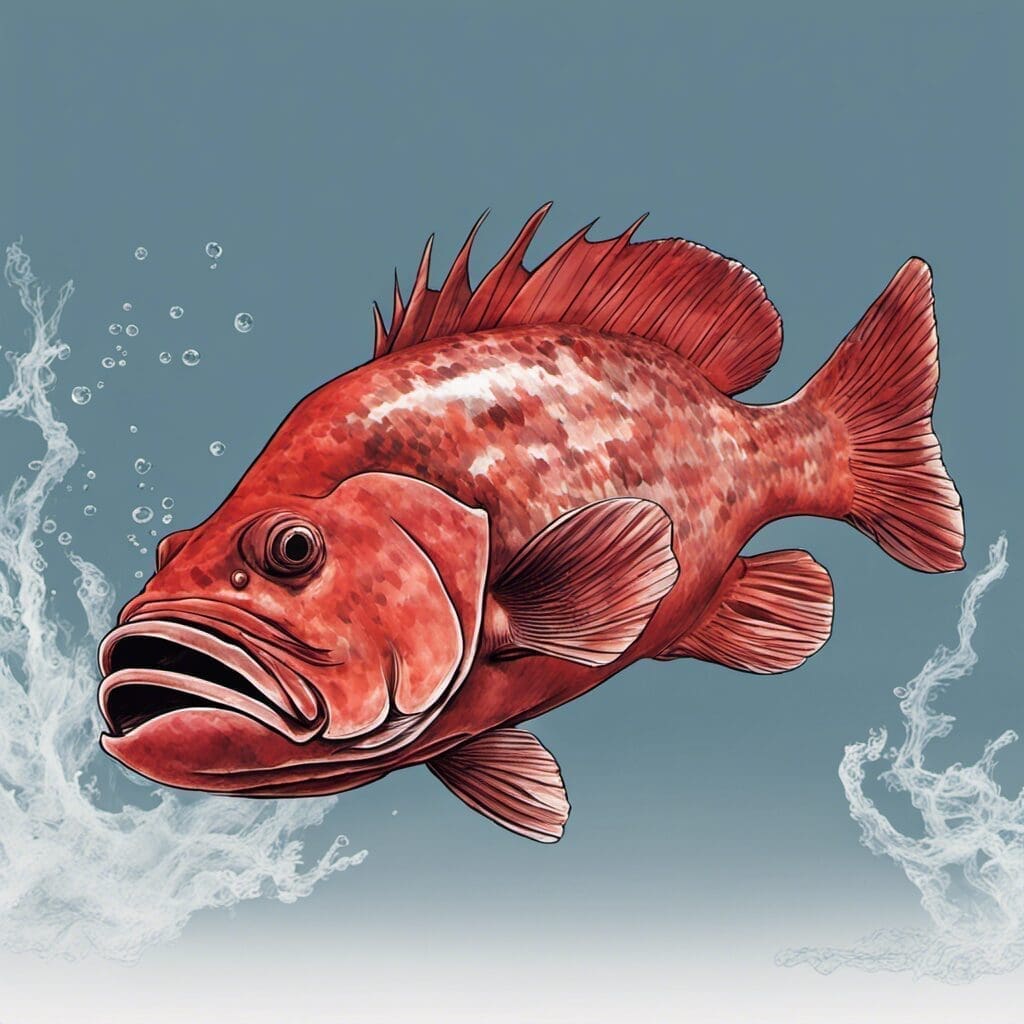Introduction: Red Grouper
The Red Grouper is a significant species of fish from the Epinephelinae family. Possessing a spiny and rigid body, they are well-regarded among various cultures due to their unrivalled taste and nutritional value.
Conservation Status
Current Status
Currently, the Red Grouper is listed as a species of least concern on most global conservation lists, however, some regions do have specific conservation status depending on fishing pressure and habitat degradation.
Conservation Efforts
Worldwide efforts to conserve the species include implementing season closures and size and bag limits. Most nations with Red Grouper populations conduct regular stock assessments to maintain sustainable fishing practices.
Statistics
| Statistic | Average | Range |
|---|---|---|
| Length | 80cm | 50-150cm |
| Weight | 12kg | 6-20kg |
| Average Lifespan | 15 years | N/A |
Distribution
The Red Grouper species is primarily found in the Western Atlantic, from Massachusetts, USA to southern Brazil, including the Gulf of Mexico. They are generally non-migratory, with individuals known to spend their entire lives within a few kilometers of their home reef.
Habitats
Equipped to live in a variety of water types from salty to brackish, Red Groupers prefer tropical, rocky reefs and drop-offs. Their optimum depth range is from 10 to 40 meters, but they have been found as deep as 300 meters. The preferred temperature range for Red Groupers is 20°C to 28°C.
When and Where to See
Red Groupers can be spotted all year round; however, they are most easily seen during the spawning season which occurs in the late winter to early spring. They are sighted most frequently during the day as they venture out from their hiding places to feed.
Best Fishing Locations
Fishing for Red Grouper is popular in the following areas:
- Florida Gulf Coast, USA
- Yucatan Peninsula, Mexico
- The Bahamas
- Cuba
- Turks and Caicos Islands
- Texas Gulf Coast, USA
If specific locations aren’t known, look for rocky outcroppings and reefs in appropriate depth and temperature ranges.
How to Catch
Bottom fishing with live or chunk bait, such as squid or sardines, is the most effective method for catching Red Grouper. The best time of year for fishing Red Grouper is during the late winter to early spring, in the late afternoon or early morning.
Identification Guide
Red Groupers are easily identifiable by their brick-red or rusty color, with irregular white blotches. Their body has a spindle shape and the head is covered in a set of grooves. Each has a large mouth equipped with multiple sharp teeth.
Culinary Use
Red Grouper meat is delicious and firm with a sweet, mild flavor. Nutritionally, a 3-ounce cooked portion of Red Grouper contains around 15 grams of protein and only 80 calories.| Popular recipes include grilled or pan-seared Red Grouper with lemon butter sauce, or as ceviche.
Additional Information
Red Groupers are notable for their role in creating and maintaining reef habitats as they use their mouths to dig into the sand and rocks of the ocean floor, creating large pits that provide shelters for other reef species.
Natural predators include larger fish like sharks and barracudas. However, human-induced threats, primarily commercial and recreational fishing, pose the most significant dangers to this species.
References and Further Reading
- [Fishbase – Red Grouper](https://www.fishbase.se/summary/Epinephelus-morio.html) (Opens in new tab)
- [NOAA Fisheries – Red Grouper](https://www.fisheries.noaa.gov/species/red-grouper) (Opens in new tab)
- [Florida Museum – Red Grouper](https://www.floridamuseum.ufl.edu/discover-fish/species-profiles/epinephelus-morio/) (Opens in new tab)

